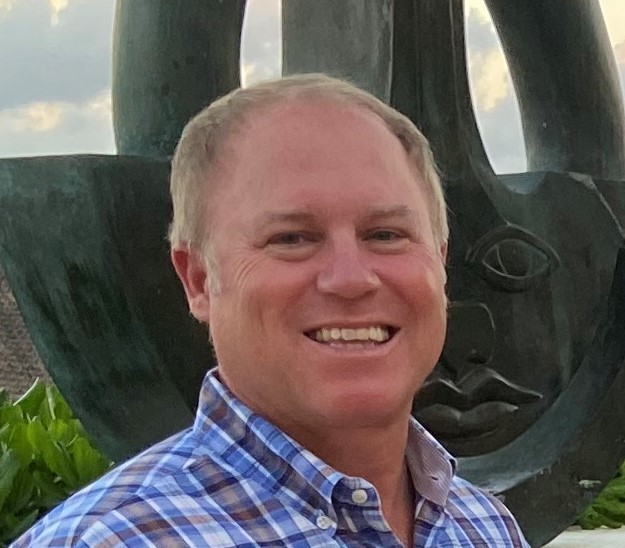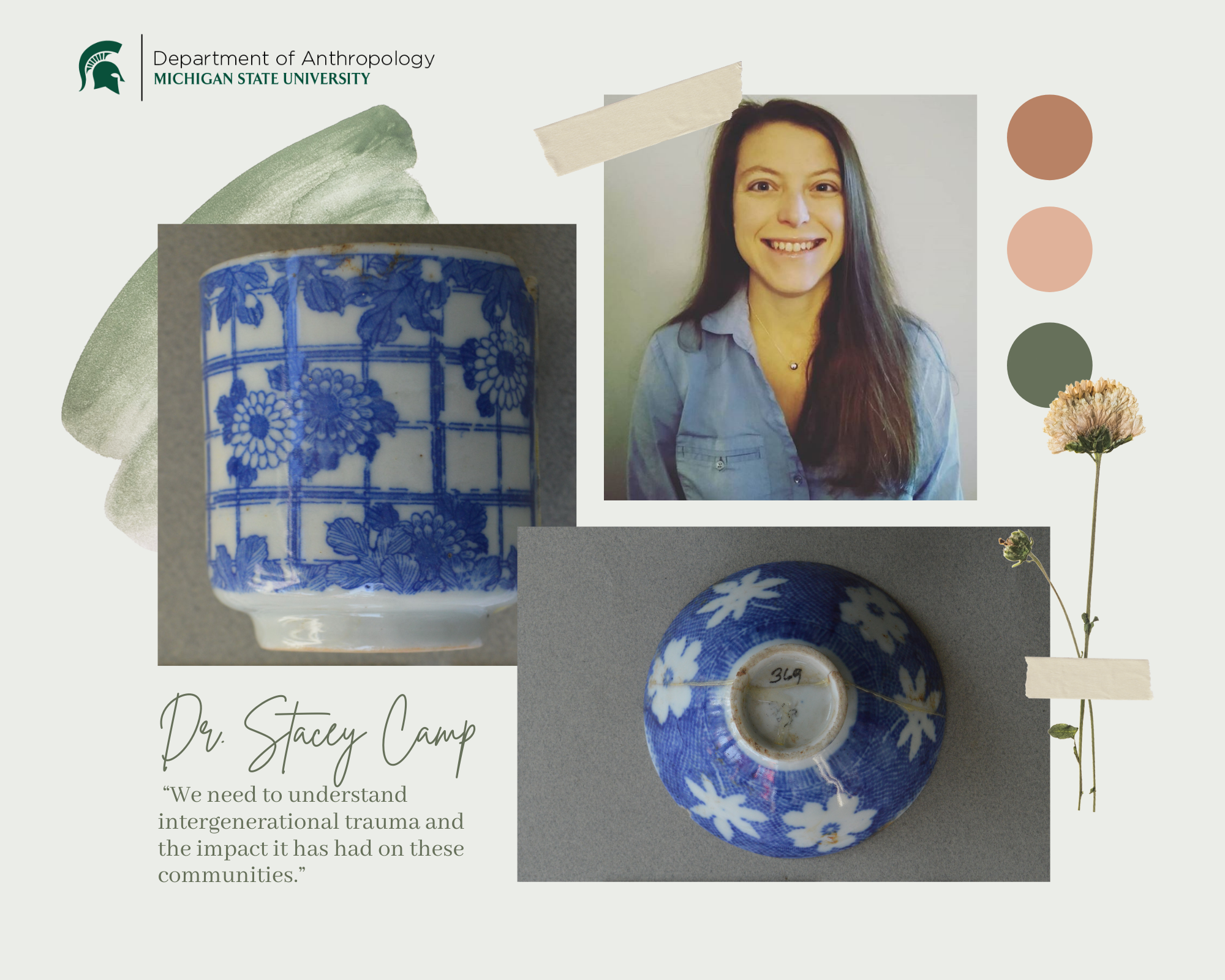-

MSU Anthropology alum finds success in the business world
“Rarely is there another person in any meeting room that I’m in that has the background that I have,” MIchigan State University alumnus Jeffrey Bennish laughed good-naturedly. Bennish is the Vice President of QuVA Pharma Inc., a 503B pharmacy drug manufacturer, who graduated with a degree in anthropology. “I think you can use a lot […]
-
Department Statement on RVSM and Title IX
Please Note: This statement refers to events that may trigger traumatic memories for members of our community. Resources and assistance are available through the Center for Survivors1, MSU Safe Place2, Counseling and Psychiatric Services3 and the Employee Assistance Program4. The Department of Anthropology is committed to fostering an inclusive, safe, and welcoming environment where all faculty, […]
-
MSU Alumnus Don Weir – The artifacts of a career devoted to archaeology
As a kid, Don Weir followed his dad — an amateur archaeologist working with University of Michigan in the 1930s — around archaeological sites, collecting arrowheads and attending meetings. Looking back, it was a unique way to grow up, surrounded by people unearthing and analyzing artifacts. But as a kid who has many other important […]
-
MSU Forensic Anthropology Lab participates in Operation UNITED
This September, the MSU Forensic Anthropology Laboratory (MSUFAL) participated in Operation UNITED in collaboration with the FBI’s Evidence Response Team, the Detroit Police Department (DPD), and several other local universities and law enforcement agencies. Operation UNITED is an acronym which stands for “Unknown Names Identified Through Exhumation and DNA.” Operation UNITED began as a grassroots […]
-
PhD Student Juan Carlos Rico Noguera wins Whiteford Cultural Anthropology Field Work Scholarship
The Department of Anthropology is pleased to announce that the inaugural Whiteford Cultural Anthropology Field Work Scholarship was awarded to PhD student Juan Carlos Rico Noguera. With the financial support of MSU Anthropology alumni Aaron and Jill Whiteford, the Whiteford Cultural Anthropology Field Work Scholarship has been established to support graduate students in sociocultural anthropology […]
-
Dr. Joe Hefner receives five-year NIH funding to develop graphical library for craniofacial anomalies
The Department of Anthropology is pleased to announce that the National Institute of Dental & Craniofacial Research of the National Institutes of Health (NIH) has awarded Department of Anthropology Assistant Professor Joseph T. Hefner (Co-PI) and colleagues at the University of Kentucky (PI: Dr. Melissa Clarkson) a five year $1,447,281 grant to develop a standardized […]
-
Dr. Kurt Rademaker publishes in Science on the evolution of the hepatitis B virus
Department of Anthropology Assistant Professor Kurt Rademaker recently coauthored a publication in the prestigious journal Science. The article is entitled “Ten millennia of hepatitis B virus evolution.” In this new study, researchers uncover the evolution of the hepatitis B virus since the Early Holocene by analyzing the largest dataset of ancient viral genomes produced to […]
-

Dr. Stacey Camp featured in film on WWII Japanese-American internment experiences
By Katie Nicpon A Buddhist temple, a church, a hotel, grocery stores, homes, a barbershop – Nihonmachi or “Japantown” in Santa Barbara, California, was thriving in the 1920s and 1930s. But that was before February 1942, when President Roosevelt issued Executive Order 9066 that allowed the United States government to incarcerate over 120,000 Japanese-Americans. The […]
-
MSU Department of Anthropology hosts the 2021 Midwest Archaeology Conference
The Michigan State University Department of Anthropology is hosting the joint annual meeting of the Midwest Archaeological Conference and the Midwest Historical Archaeology Conference October 7–9, 2021, on MSU’s campus. Jodie O’Gorman, MSU associate professor and archaeologist, is leading the team responsible for organizing the conference. “Our membership gets together to share the research we’ve […]
-
Associate Professor Najib Hourani Receives College of Social Science Dean’s Diversity, Equity, and Inclusion Faculty Award
The Department of Anthropology is pleased to announce that Dr. Najib Hourani has received the inaugural 2021 College of Social Science Dean’s Diversity, Equity, and Inclusion Faculty Award. Dr. Hourani is an Associate Professor in the Department of Anthropology and the Global Urban Studies Program, and core faculty in the Muslim Studies Program. The Dean’s […]